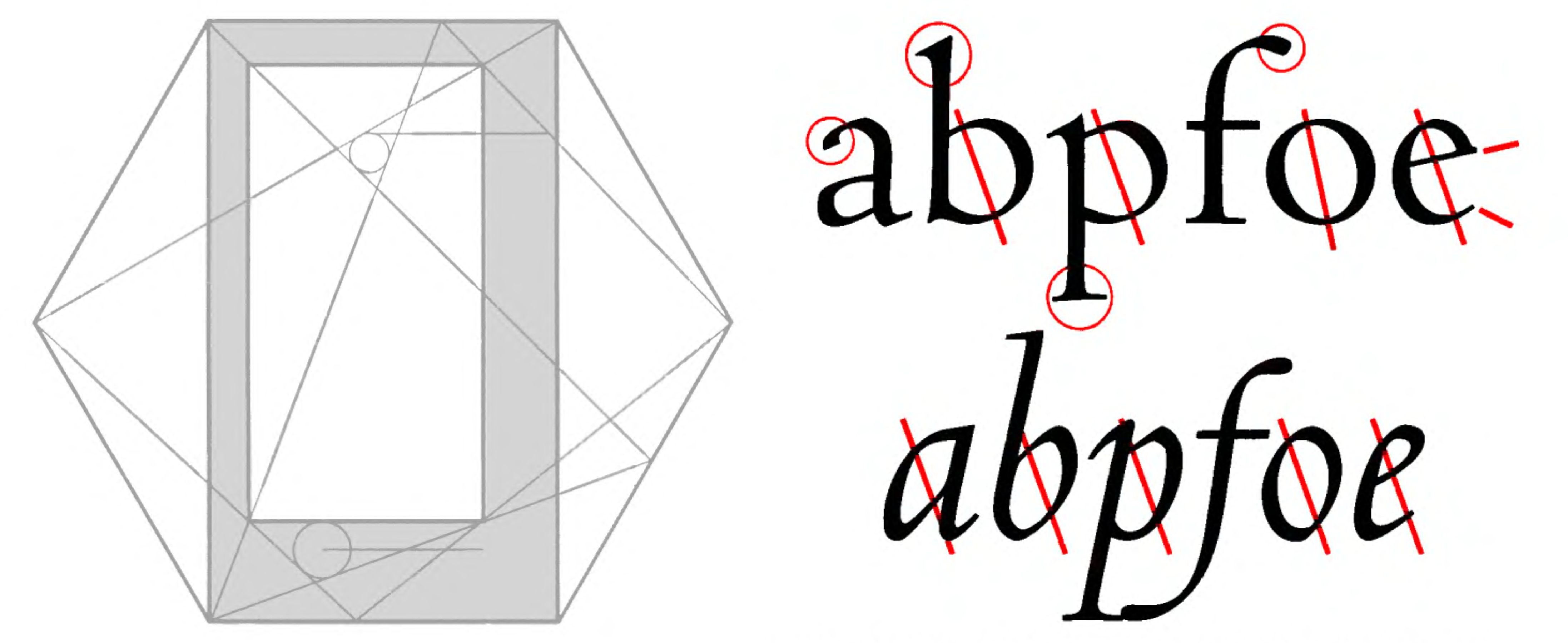The question of what an electron really is, is still open as far as I know. Even the question of whether it's a "particle", is still open. In many or most theories the question of "what it is" is somewhat bypassed. In quantum field theory you describe electrons as a field (like the electromagnetic field), but all fields have the peculiar property that they show energy exchanges in very localized, point-like regions of space – that's why you can think of them as particles sometimes. Take a look at Wald's book to get an idea.
There are even still open theories that try to describe electrons as mini charged black holes; not to speak about strings, and so on...




In many countries scientific-funding panels are totally corrupt anyway... Shit happens to shit.